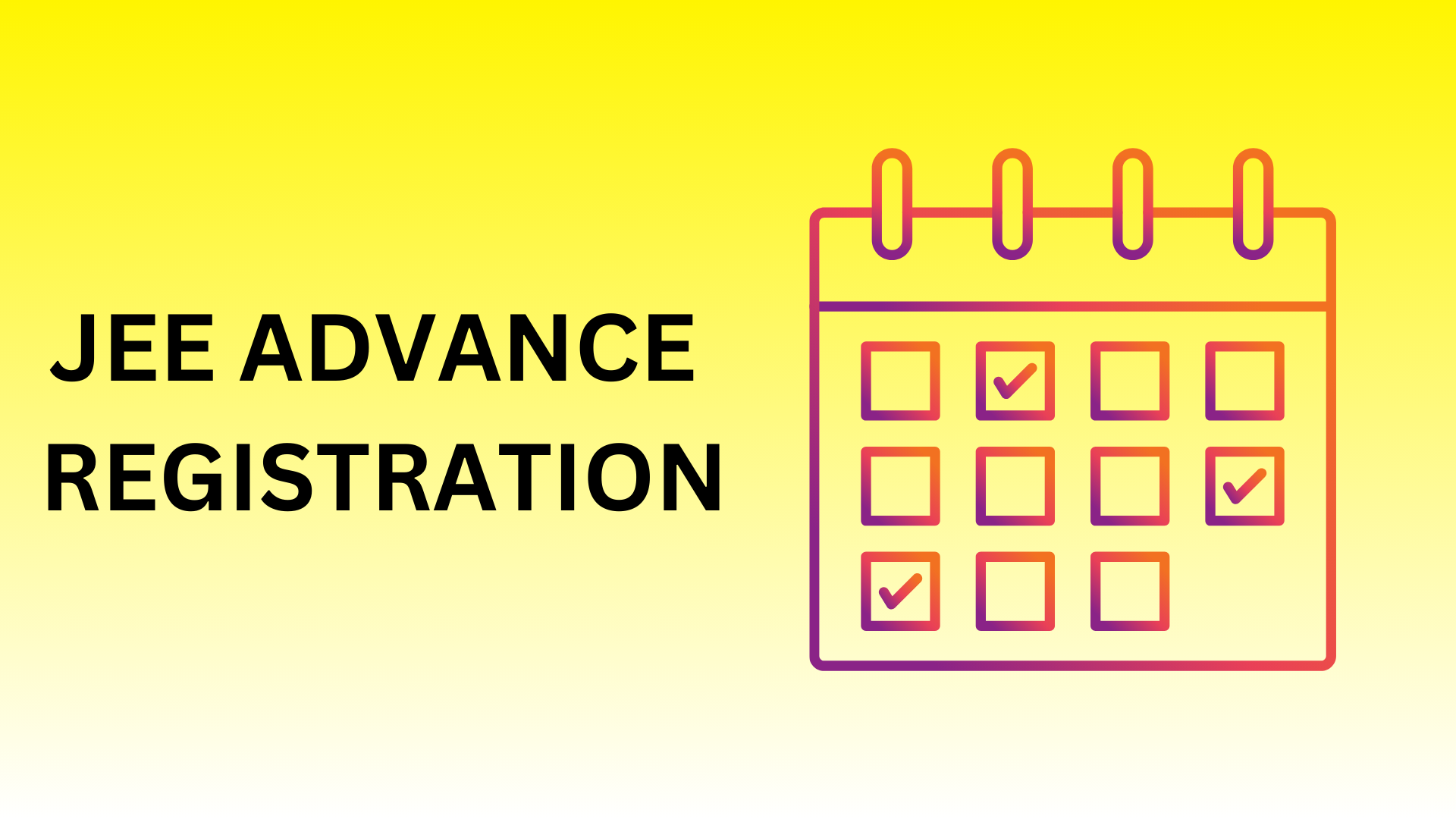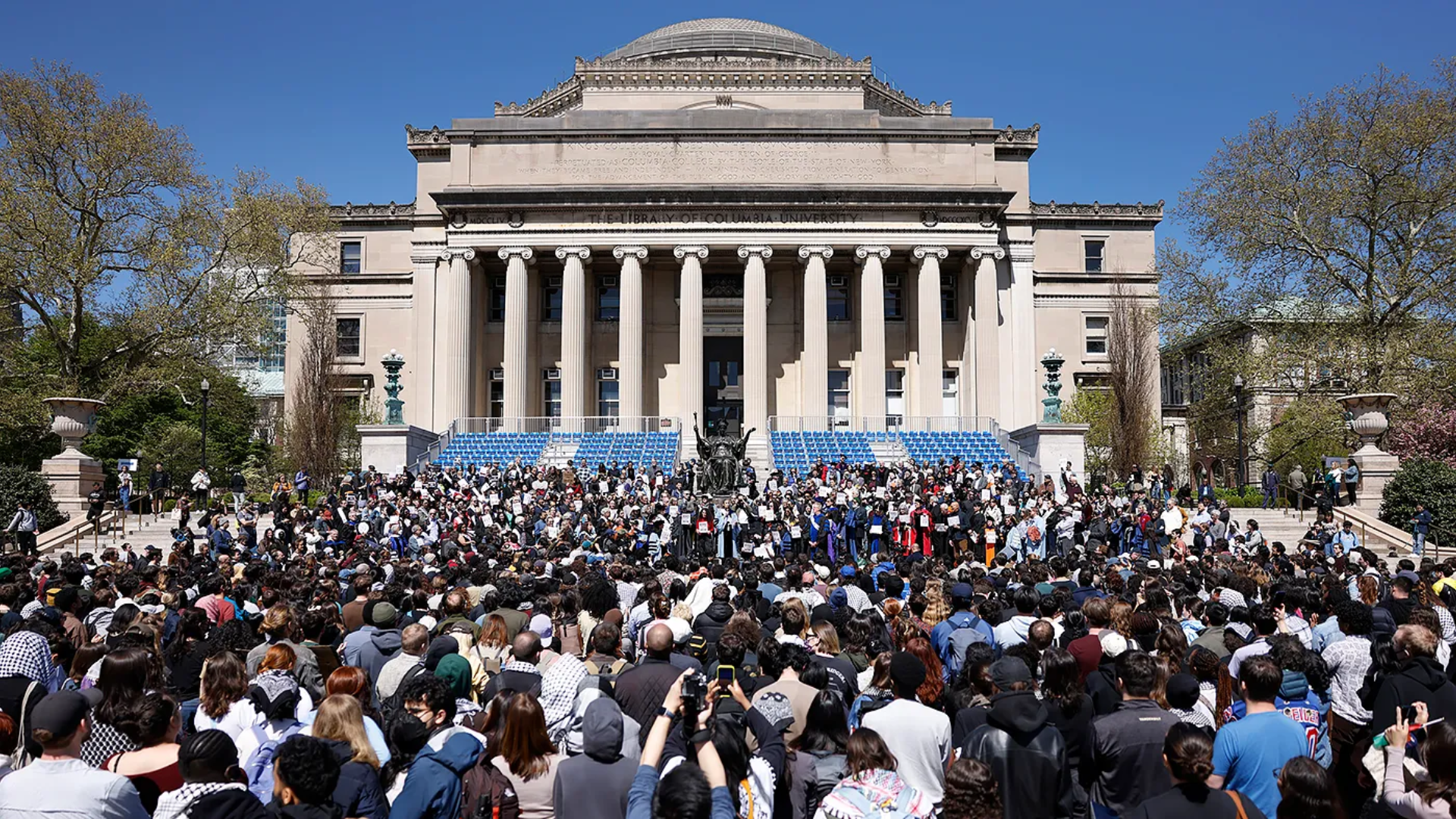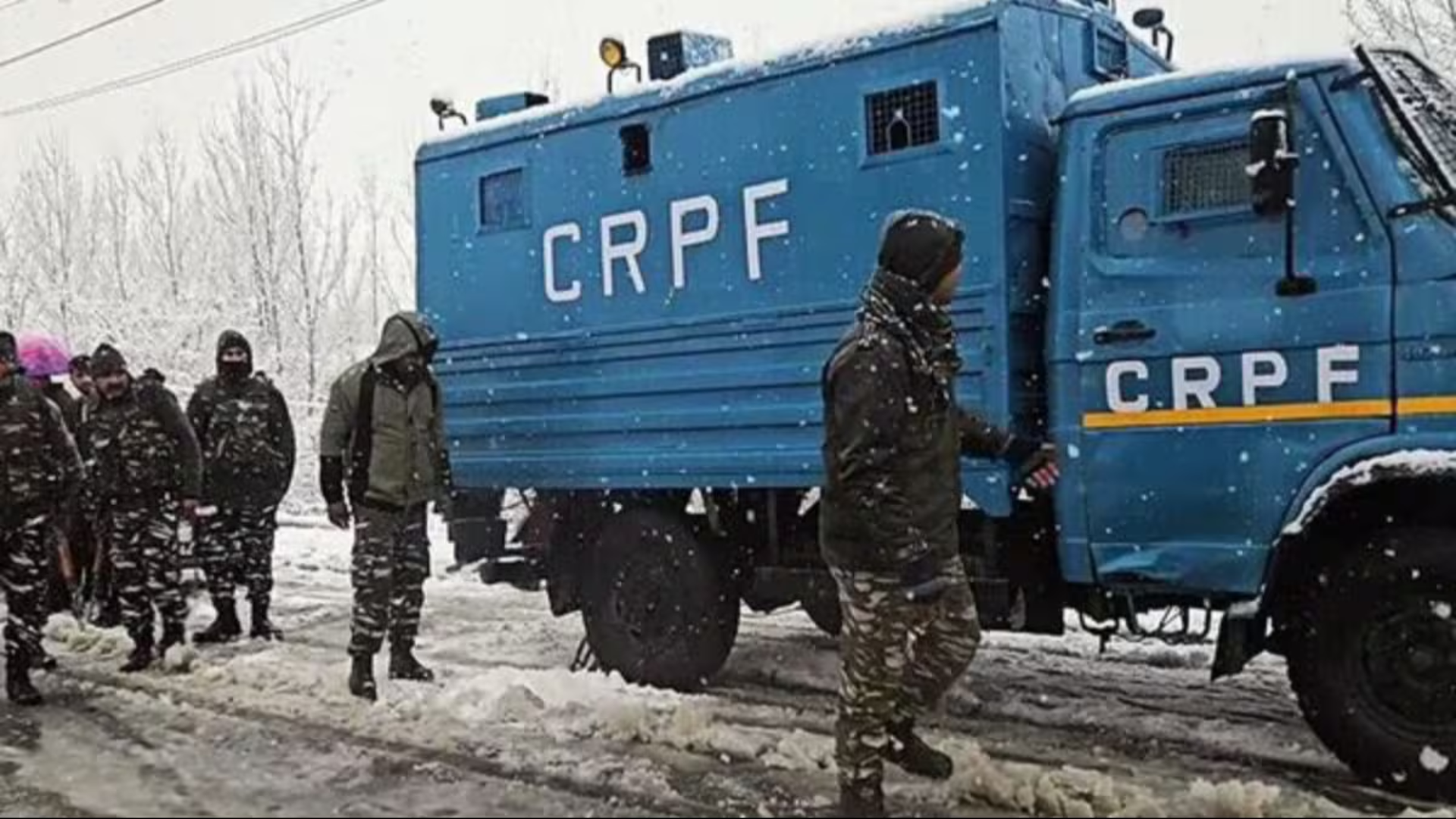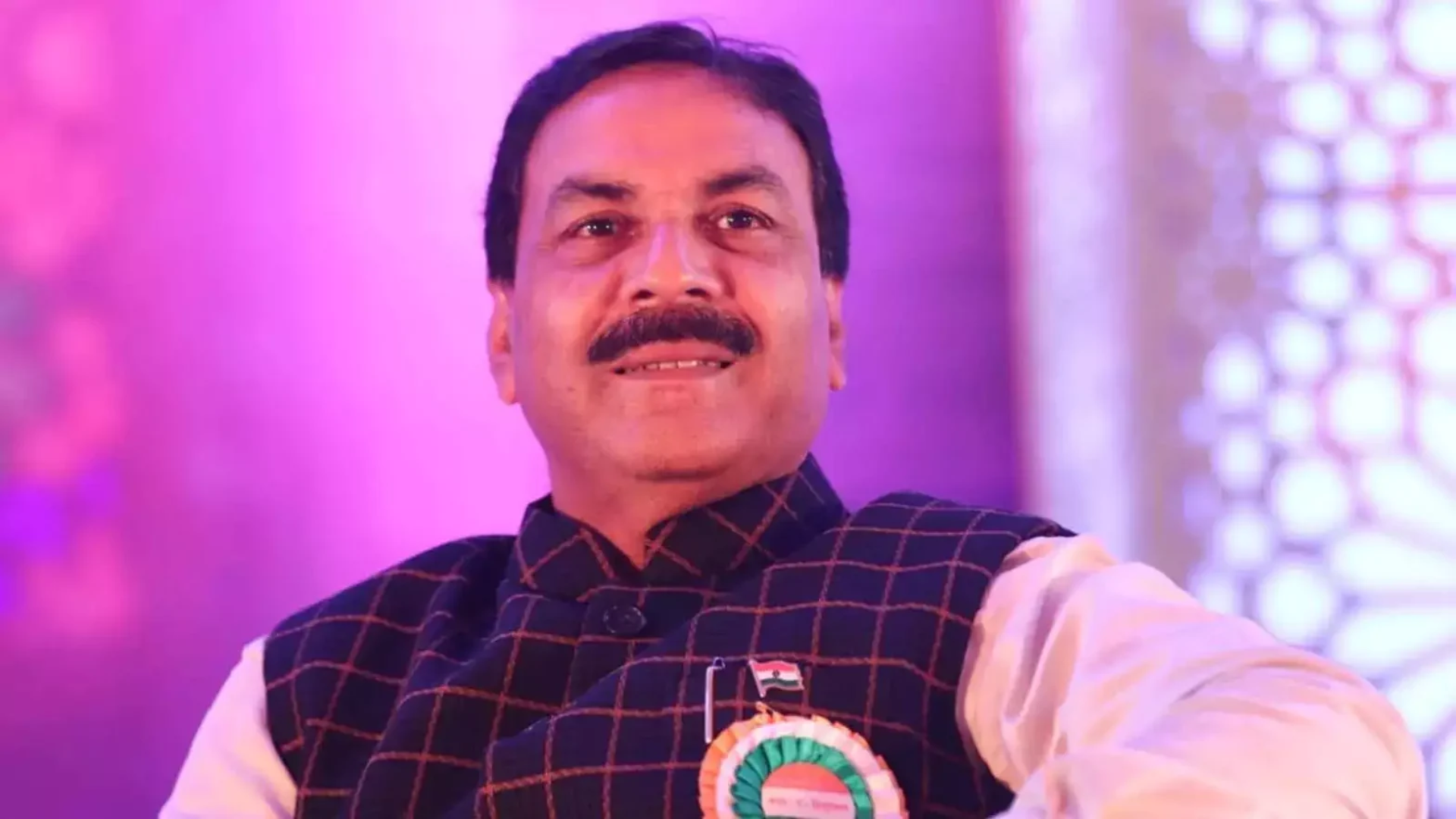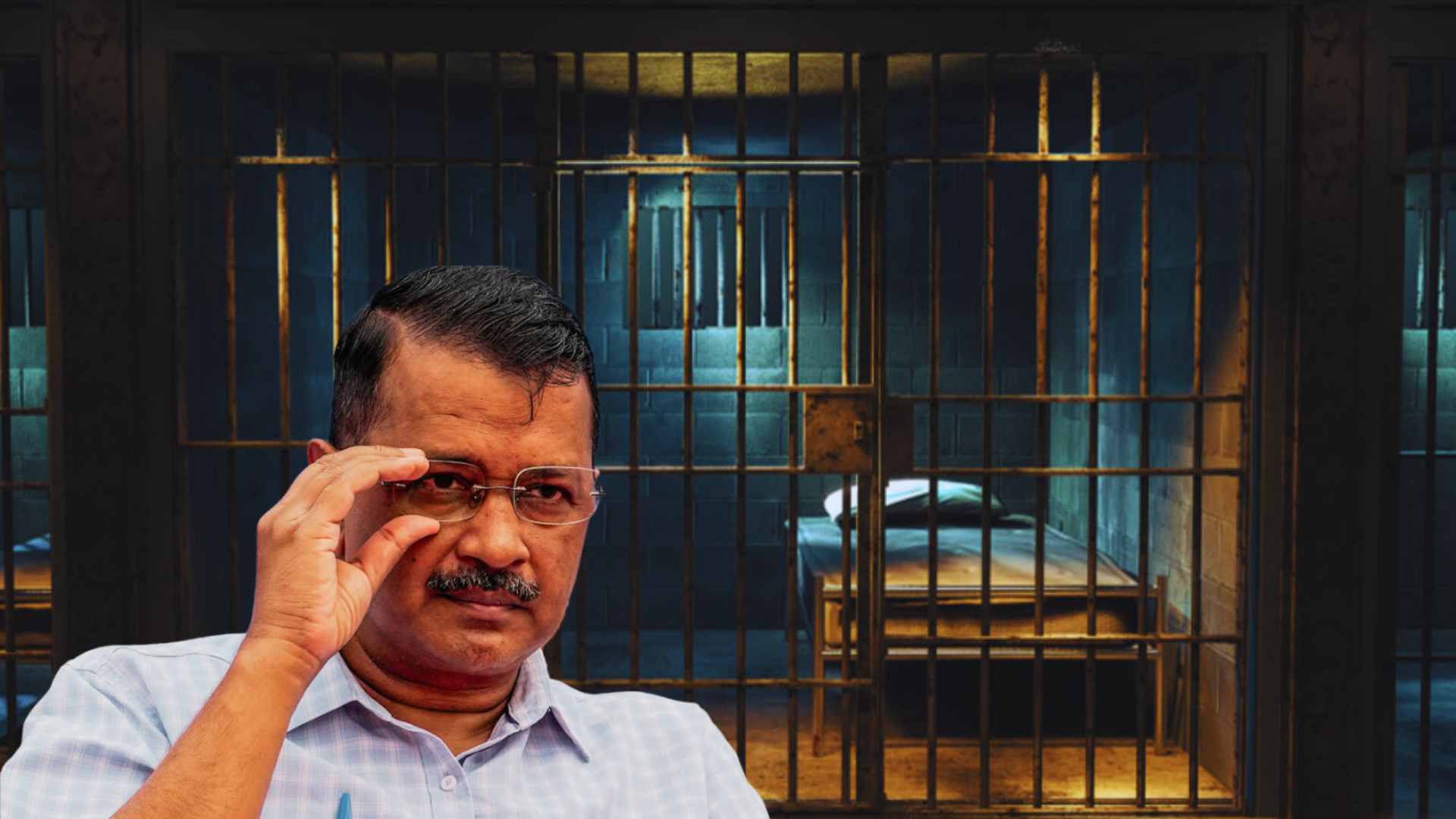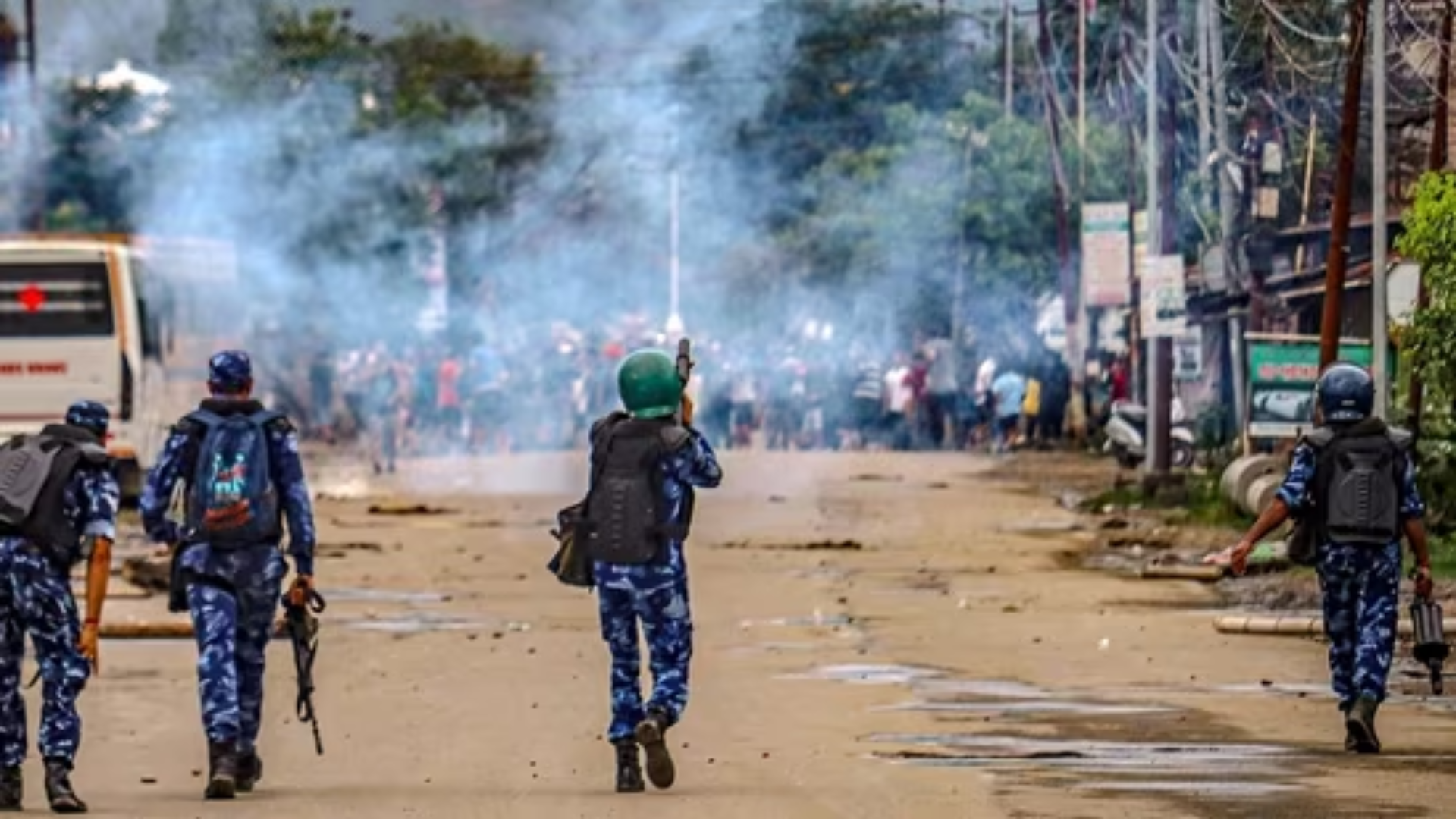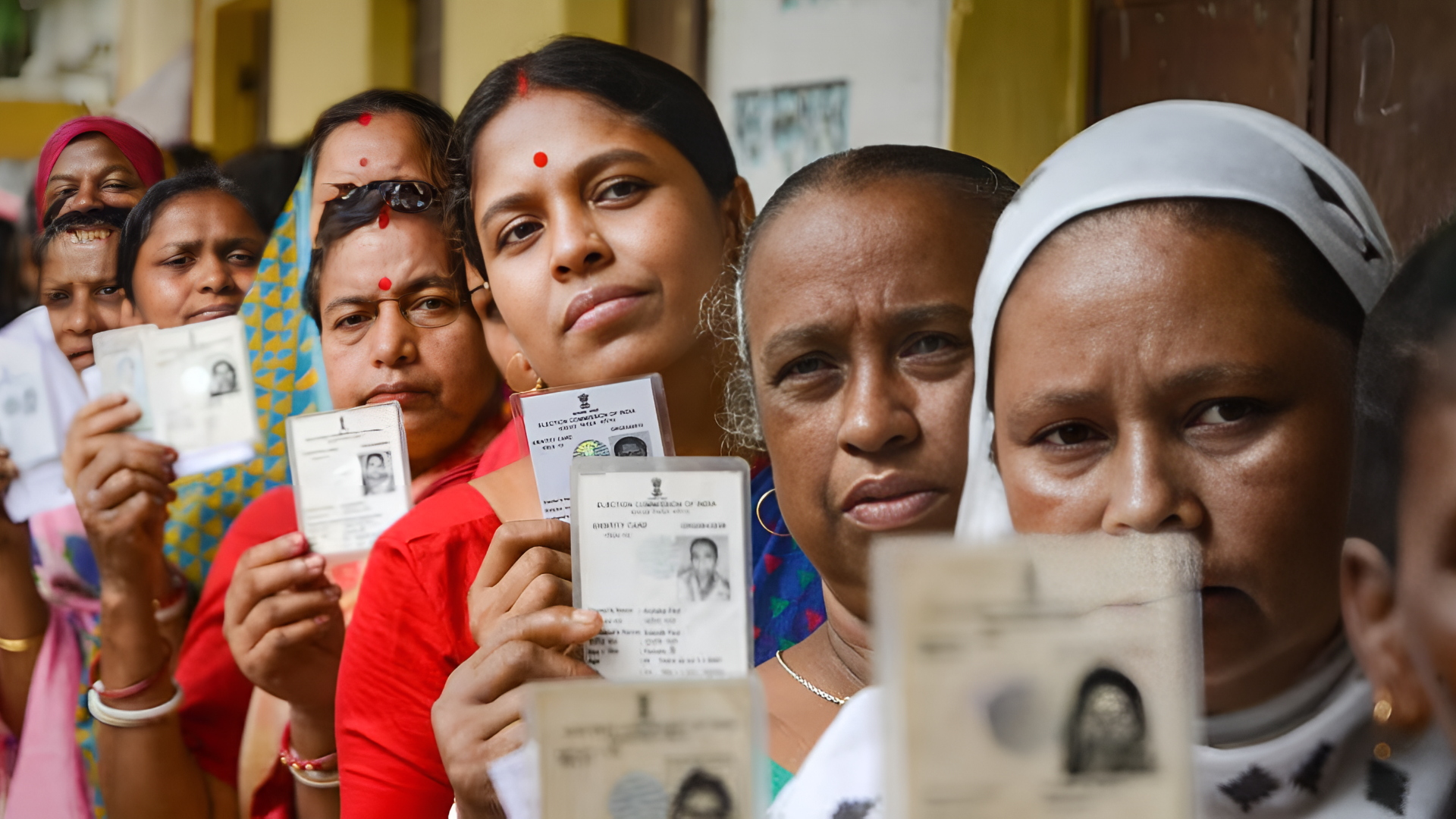


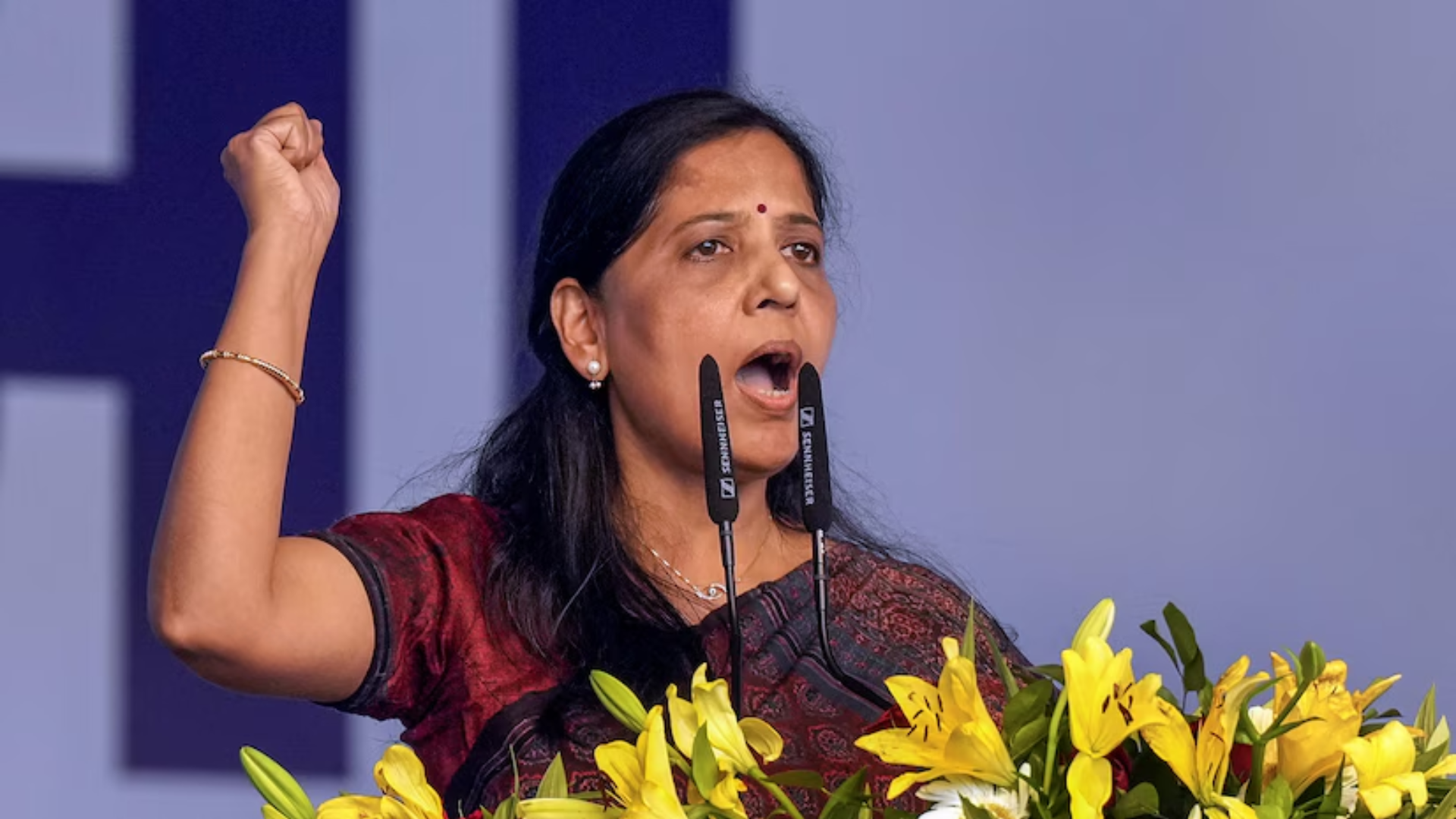

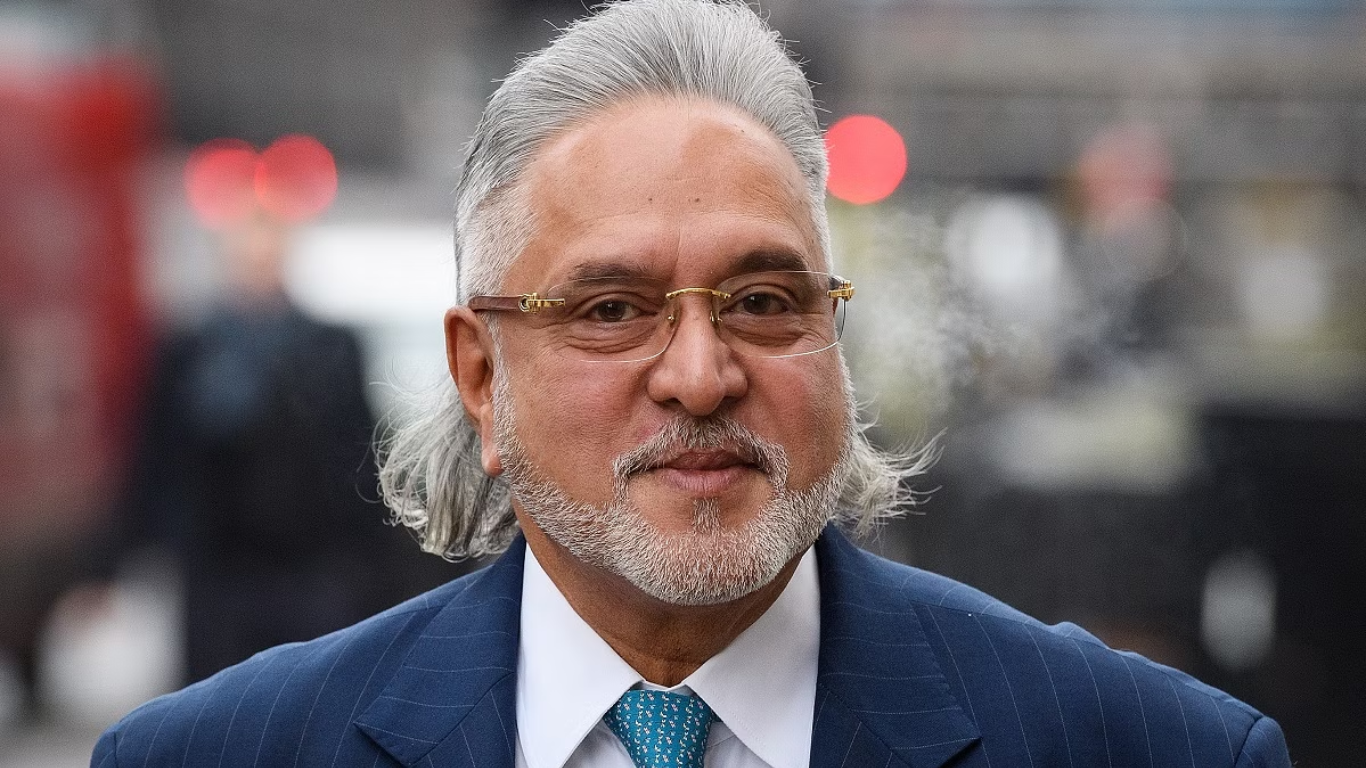
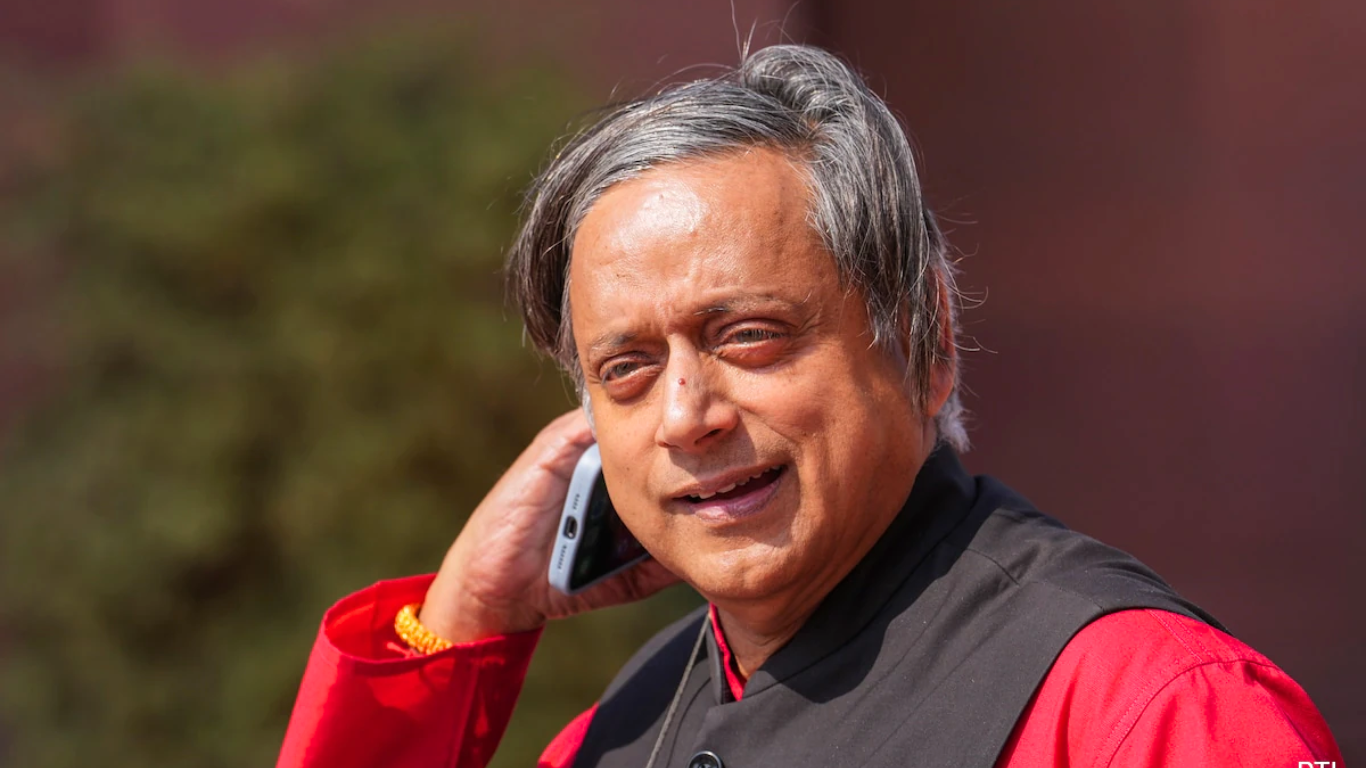
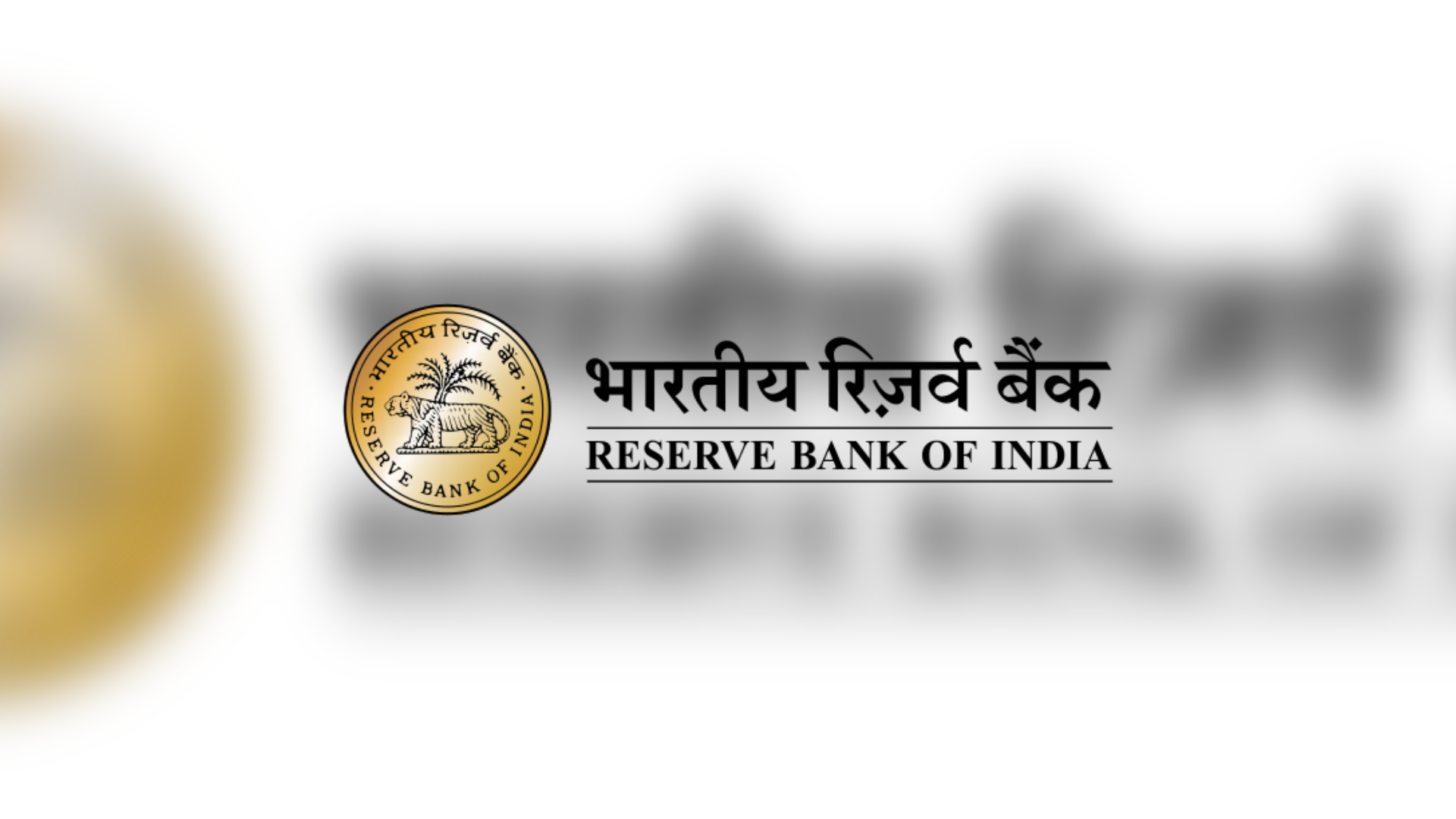
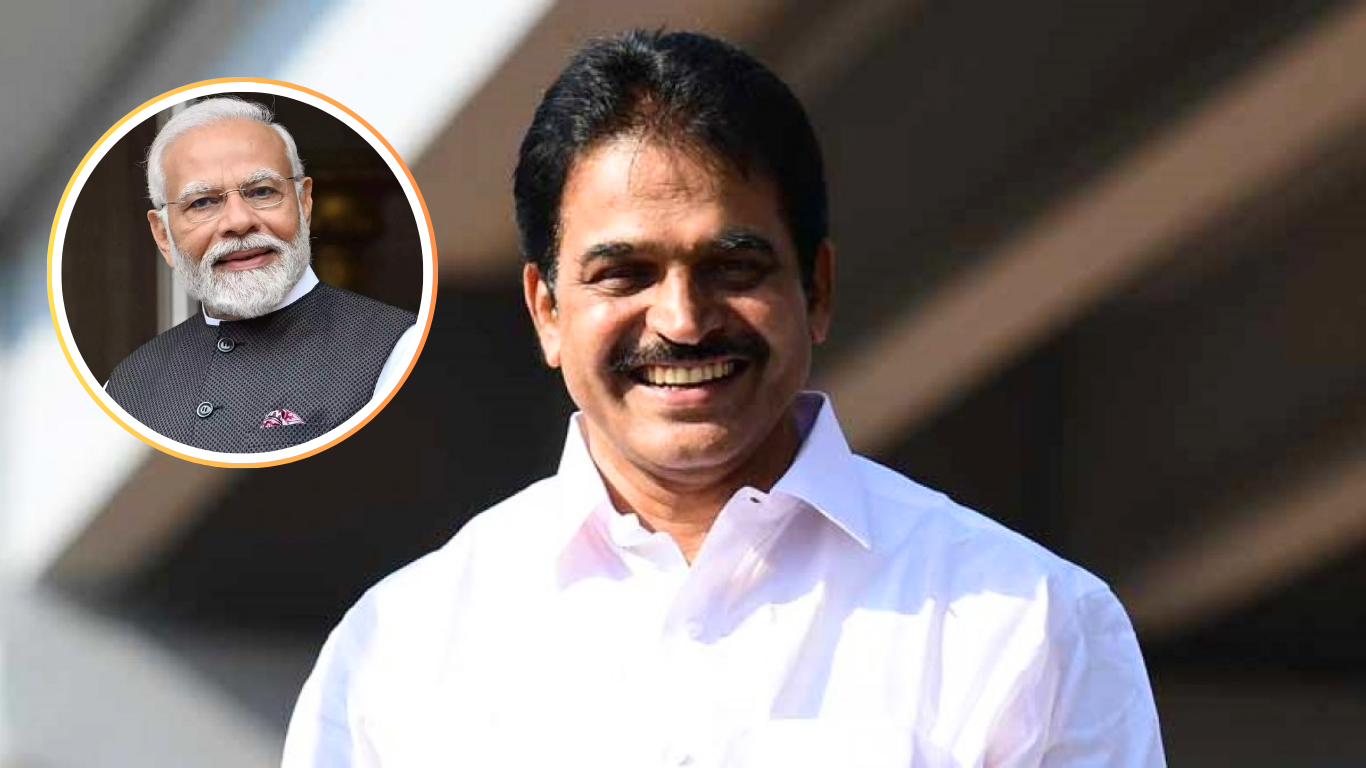
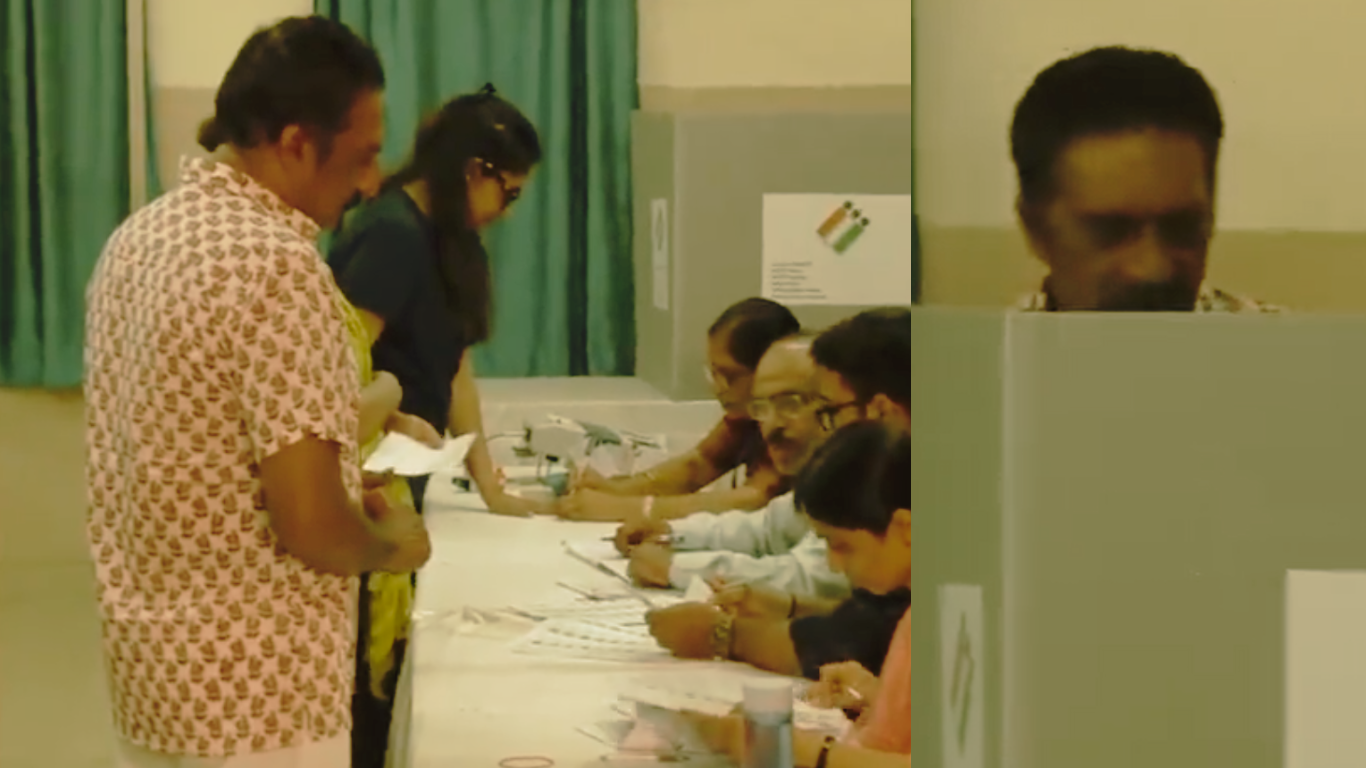
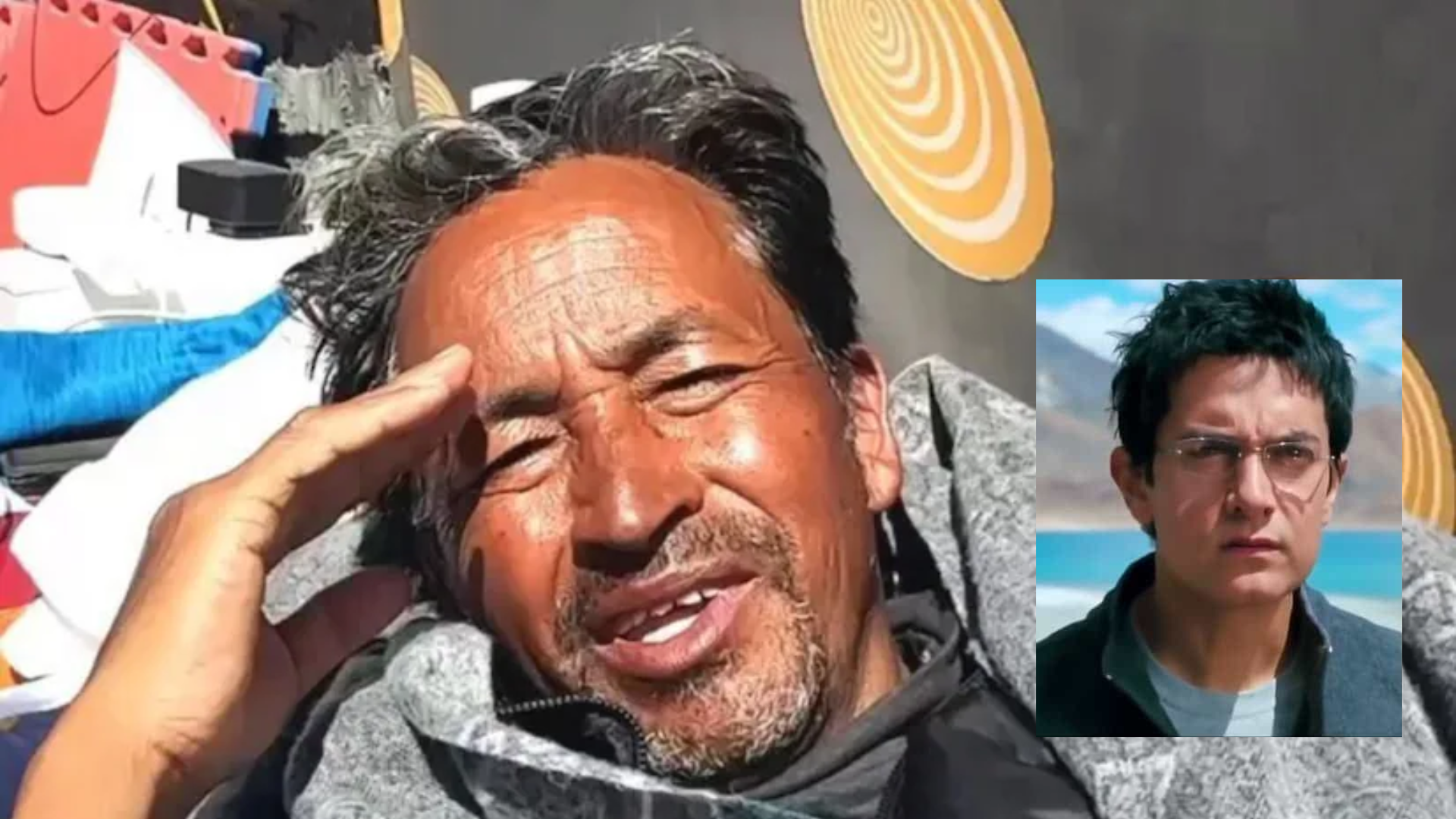
Do you recall the renowned Amir Khan film ‘3-Idiots’? Remember the character ‘Ranchoddas Shamaldas Chanchad’ aka ‘Phunsukh Wangdu’ portrayed by Amir Khan? Today, the same ‘Phunsukh Wangdu’ is making headlines for leading a hunger strike lasting 21 days. Currently, he is attracting international attention as he conducts protests in the frozen landscapes of Ladakh.
Who Is He?
Wangchuk is renowned for his multifaceted roles as an innovator, engineer, advocate for educational reform, and climate activist. In recent times, he has been leading protests in Ladakh, advocating for statehood for the Union Territory and its inclusion in the Sixth Schedule of the Constitution, which allows for autonomous administration of certain tribal areas. Additionally, he aims to highlight the region’s delicate ecology.
Since March 6th, the activist has been on a hunger strike amidst the frigid conditions of Ladakh. The protest has garnered momentum, with the Kargil Democratic Alliance (KDA) joining the hunger strike on Saturday.
In mid-February, the Union Territory experienced a shutdown in Leh and Kargil districts following a call from the Leh Apex Body (LAB) and the Kargil Democratic Alliance (KDA), two influential socio-political groups leading the agitation for three years.
As Wangchuk’s hunger strike enters its third week, the movement has gained momentum and is expected to escalate further.
“We are trying to remind and awaken the consciousness of our Prime Minister (Narendra) Modi and Home Minister Mr Amit Shah to safeguard the fragile ecosystem of the Himalayan mountains in Ladakh and the unique indigenous tribal cultures that thrive here,” the activist said in the video.
“We do not want to think of PM Modi and Amit Shah ji as just politicians, we would rather like to think of them as statesmen but, for that, they will have to show some character and farsightedness,” he added.
END 21st Day OF MY #CLIMATEFAST
I’ll be back…
7000 people gathered today.
It was the end of the 1st leg of my fast. Btw 21 days was the longest fast Gandhi ji kept.
From tomorrow women’s groups of Ladakh will take it forward with a 10 Days fast, then the youth, then the… pic.twitter.com/pozNiuPvyS— Sonam Wangchuk (@Wangchuk66) March 26, 2024
History!
Let’s delve into the aftermath of the abrogation of Article 370, the grievances of Ladakh’s residents, and Wangchuk’s involvement in the protest.
After the revocation of Article 370 in 2019, Ladakh witnessed discontent. This constitutional change abolished the special status of the former state of Jammu and Kashmir. Ladakh was designated as a Union Territory without a legislature, distinct from J&K.
🚨 WANGCHUK NOW THREATENS INDIA’S SOVEREIGNTY 🚨
He has been using the ‘Ladakh Scouts’ to propagate his agenda for a few days now, but in his video from last evening, he says that the protest may not bode well for the security of Ladakh.
What is he implying here? pic.twitter.com/iI9mxthvA5
— Tushar Gupta (@Tushar15_) March 21, 2024
Leh had long advocated for Union Territory status, bringing joy to Ladakhis who hoped it would protect them from perceived discrimination by Kashmir-centric parties, given the region’s Buddhist majority. However, the Muslim-majority Kargil expressed apprehension, primarily seeking statehood.
Previously, Ladakh was represented by four members in the J&K Assembly and two in the Legislative Council. Although Ladakh Autonomous Hill Development Councils were established in Leh and Kargil to administer the region, their powers were limited. The lack of adequate political representation raised concerns.
Gradually, local residents in both regions became increasingly uneasy and frustrated. They fear that an influx of non-locals and industrialists could alter the region’s demographic composition, leading to a sense of alienation. Their concerns primarily revolve around land protection and employment opportunities.
Prior to the 2019 elections, the BJP pledged to bring Ladakh under the Sixth Schedule of the Constitution, citing that 97% of its population is indigenous. However, this promise remains unfulfilled. Initially, the Leh Apex Body (LAB) and Kargil Democratic Alliance (KDA) presented their demands separately. Eventually, they unified, presenting a four-point agenda. This agenda includes advocating for Ladakh’s statehood, protection under the Sixth Schedule of the Constitution, job reservations for Ladakhi youth, and the establishment of separate parliamentary constituencies for each part of the region.
Despite numerous discussions held in New Delhi between Ladakh representatives and the Union Home Ministry, progress has been minimal. Representatives from the KDA and LAB also met with Union Home Minister Amit Shah in early March, yet no significant advancements have been made.
As resentment grew, it manifested into protests. Over the past four years, there have been multiple instances of shutdowns and demonstrations reflecting the community’s discontent.

